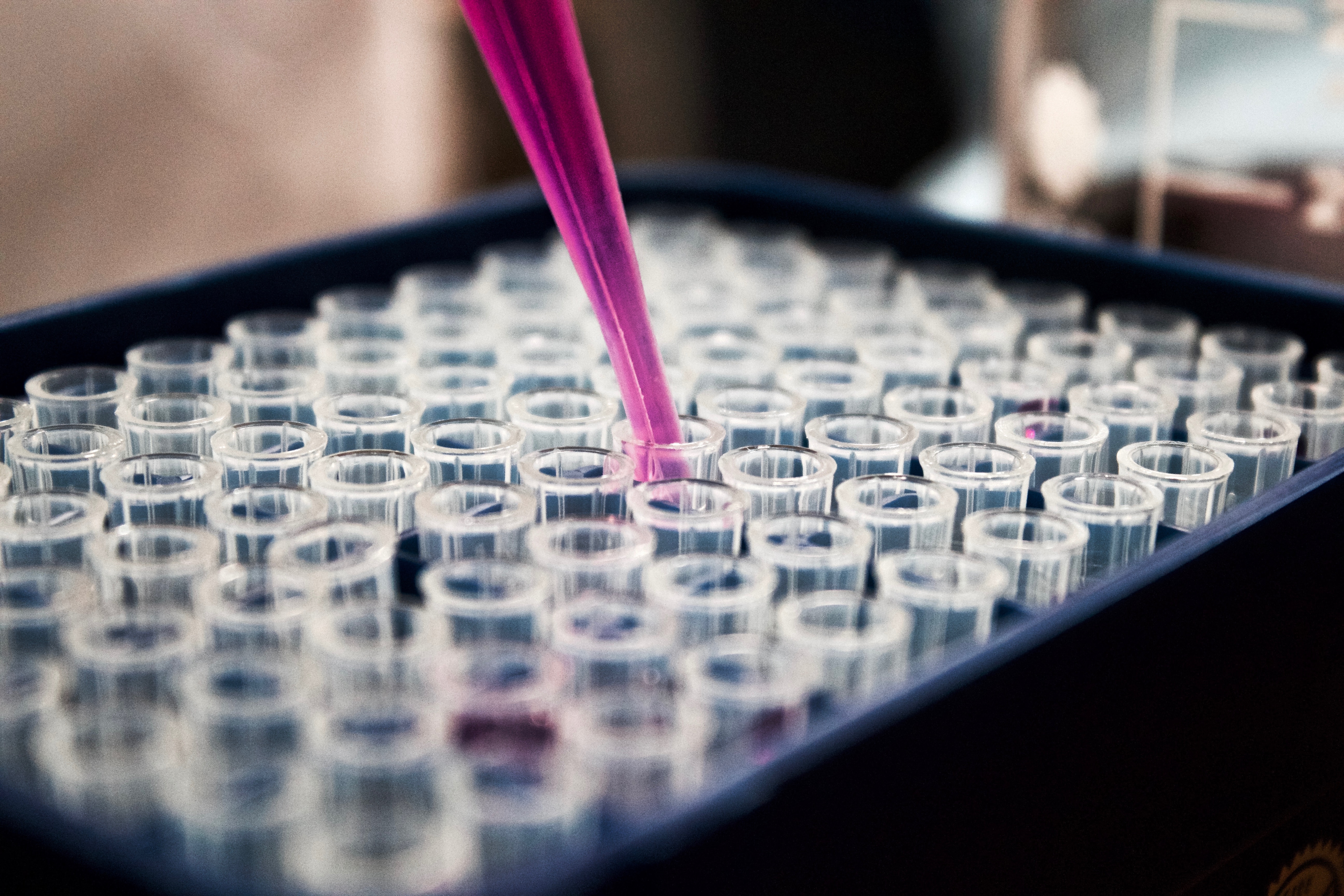
By Elemental Machines Press Team
No laboratory monitoring program is complete without an effective cold storage temperature monitoring system. At a minimum, this means getting the right tools in place to not only monitor refrigerator, freezer, and environmental (or ambient) temperatures, but to enable wireless or remote temperature monitoring via cell phone or other portable, connected devices.
What are the key factors in a successful cold storage monitoring system? What are the benefits? Keep reading for the answers to these and other questions about cold storage monitoring and the best practices you need to know.
What is the difference between cold storage and freezer storage?
The primary difference between cold storage and freezer storage is based on temperature thresholds. For example, in a resource discussing “cold chain” recommendations for vaccine storage, the Centers for Disease Control (CDC) outlines the following requirements:
- Lab Refrigerators: Between 36° F and 46° F (2° C to 8° C)
- Lab Freezers: Between -58° F and +5° F (-50° C to -15° C)
- Ultracold Freezers: Between -130° F and -76° F (-90° C to -60° C)
What is cold chain monitoring?
In a laboratory, hospital, or similar setting, cold chain monitoring refers to a specific set of best practices for maintaining required temperatures. This is to ensure that samples and related materials are not compromised. Put another way, the United States Agency for International Development (USAID) defines a cold chain as “a series of climate-controlled transport and storage facilities that ensure the viability of testing reagents, medicines, vaccines, and blood products from factory to patient.”
The main difference between cold storage and cold chain monitoring is that “cold storage” refers to a single location or environment, while “cold chain monitoring” refers to the full chain of locations a specific material might be moved through. For example, a cold chain for certain biomaterials could include a hospital refrigerator temperature monitoring system as well as laboratory freezer temperature monitoring.
Why is cold chain monitoring important?
Cold chain monitoring is important because it enables laboratory personnel to keep an eye on cold storage temperatures at each point in the chain in real-time. This is crucial whenever temperature-sensitive materials are being stored or transported.
One of the most significant advantages of modern cold storage monitoring solutions is their alerting capabilities. Within a lab setting, for example, there are at least two types of critical alerts:
- Temperature threshold alerts: These can be configured to notify personnel whenever a particular location’s temperature falls out of the required range.
- Contextual alerts: These relate to specific conditions or behaviors that could indicate issues within the cold chain—a freezer being opened far more frequently than is usual or expected, for example, or environmental conditions that could impact samples’ viability.
How do you monitor cold chain temperature?
Cold storage temperature monitoring requires specific tools and technologies at each location within the cold chain, usually making use of at least one of the following:
- Thermometers: This is a relatively low-tech solution that involves manually checking thermometer readings at predetermined intervals. While this method is familiar and somewhat reliable, it is more subject to human error than the other options in this list.
- Chart recorders: Rather than monitoring thermometer readings manually on a periodic basis, chart recorders automatically measure temperatures on a continuous basis. While chart recorders occasionally require maintenance and upkeep, they do alleviate much of the tedium of manual thermometer monitoring.
- Data loggers: Data loggers are electronic sensors that measure and record cold storage temperatures in a format that can be downloaded, analyzed, and archived. In addition to continuous monitoring, data loggers can be programmed with alerts or notifications when any cold storage location fails to maintain its required temperature. One drawback of data loggers is that they require personnel to be on-premises in order to access collected data (or respond to real-time alerts).
- Wireless/IoT monitoring systems: Like data loggers, wireless/IoT cold storage monitoring devices provide continuous monitoring and alerting capabilities. There is, however, one major advantage to these systems over the others on this list: they don’t require on-premises personnel to, for lack of better phrasing, monitor the monitoring system.
Wireless and IoT cold storage monitoring solutions provide a wide range of benefits that empower laboratory personnel to know that their valuable materials are being properly maintained. Elemental Machines provides modern, intuitive tools for cold storage monitoring that include, among other benefits:
- Continuous monitoring, for added peace of mind.
- Cloud storage, to ensure that all data can be maintained over time.
- Remote monitoring capabilities for increased accessibility.
Learn more about our platform today, or reach out to schedule a demo.